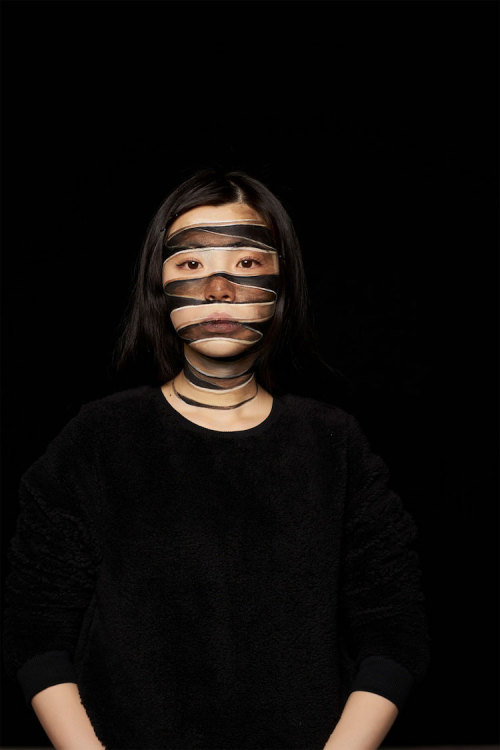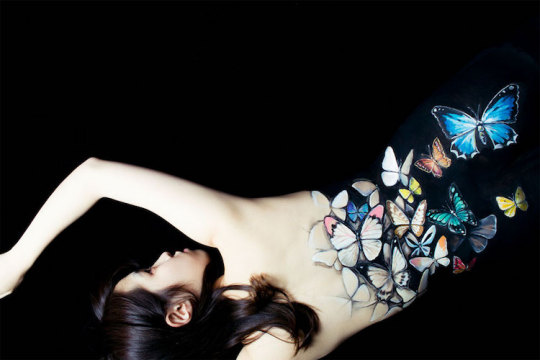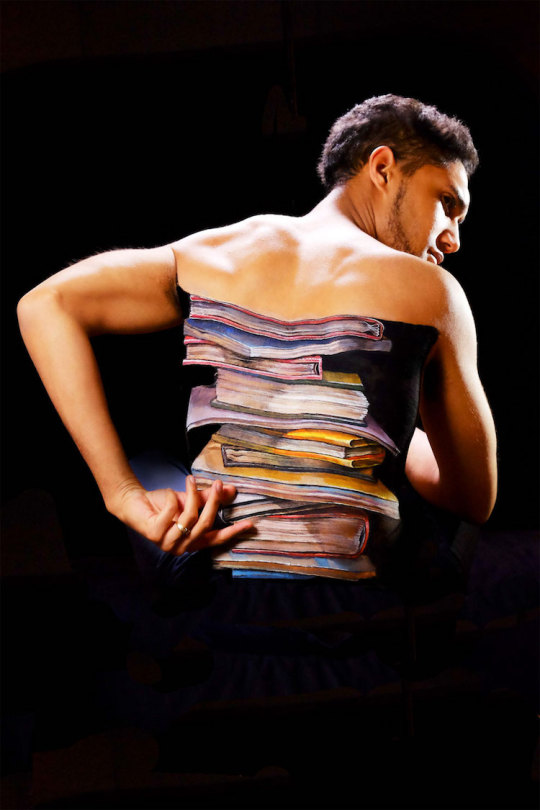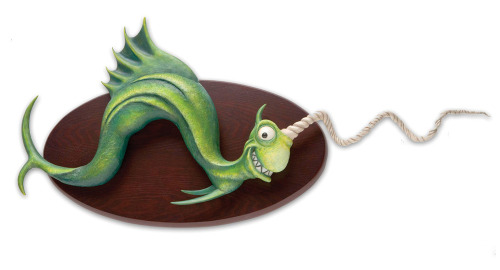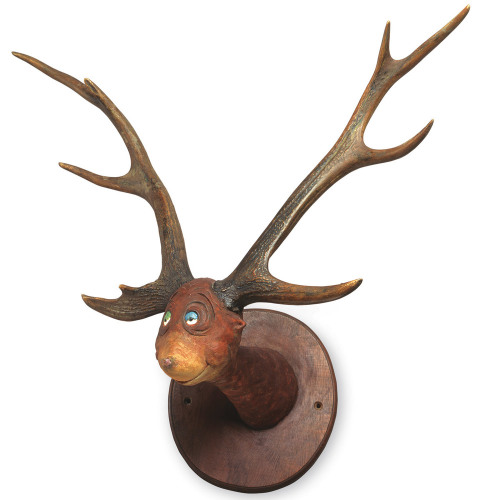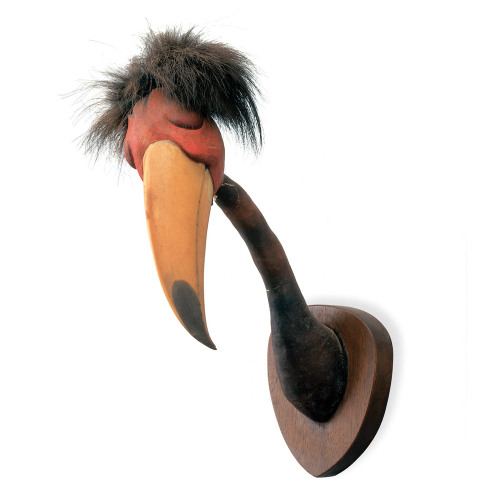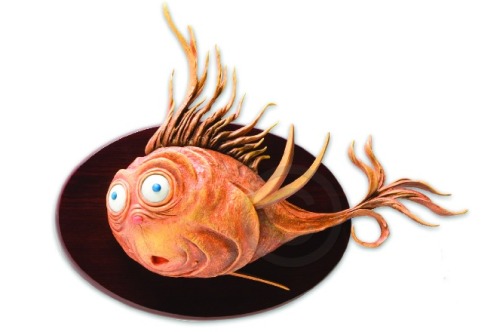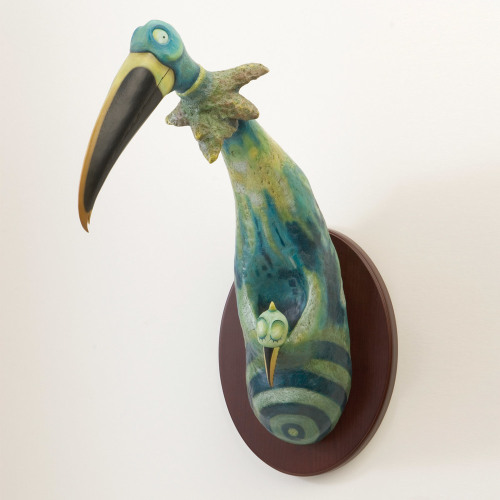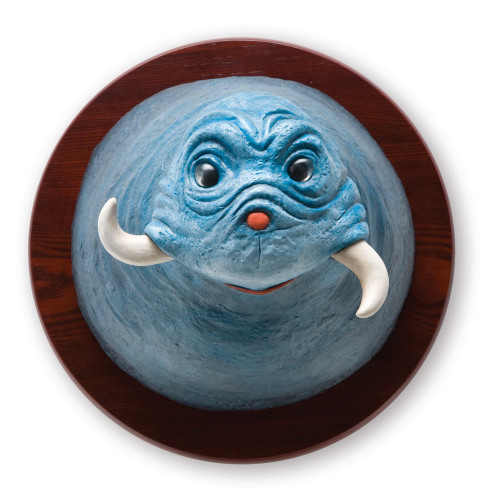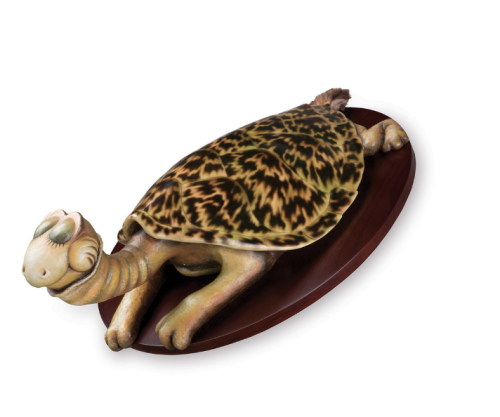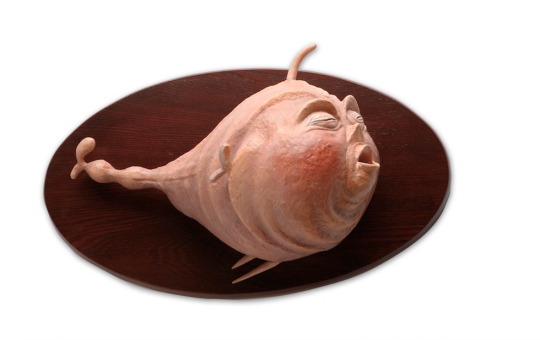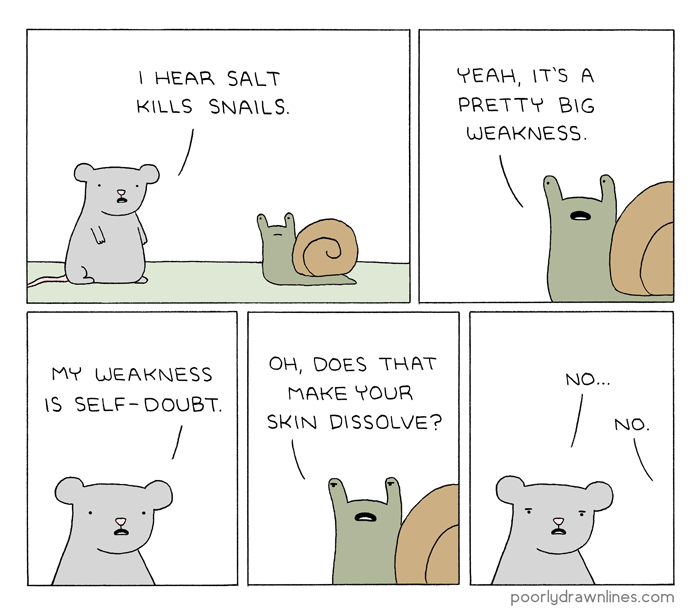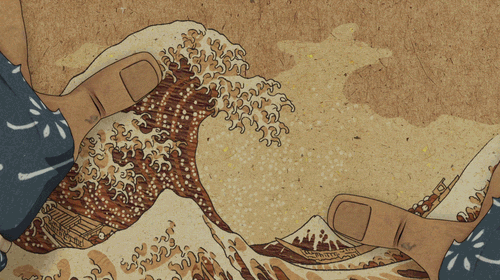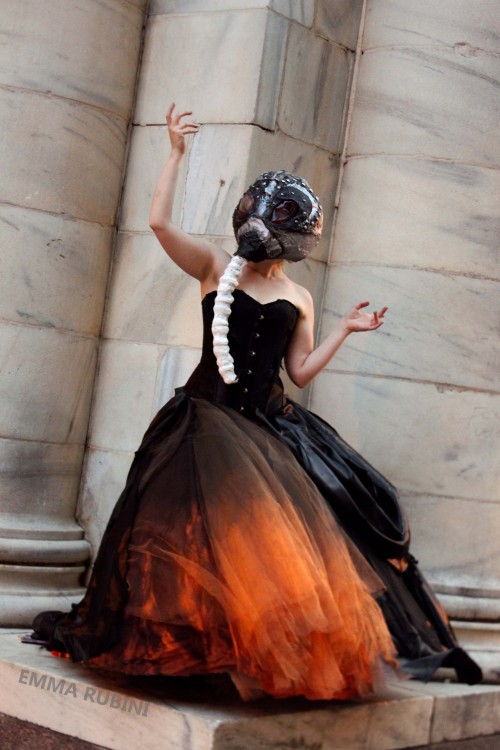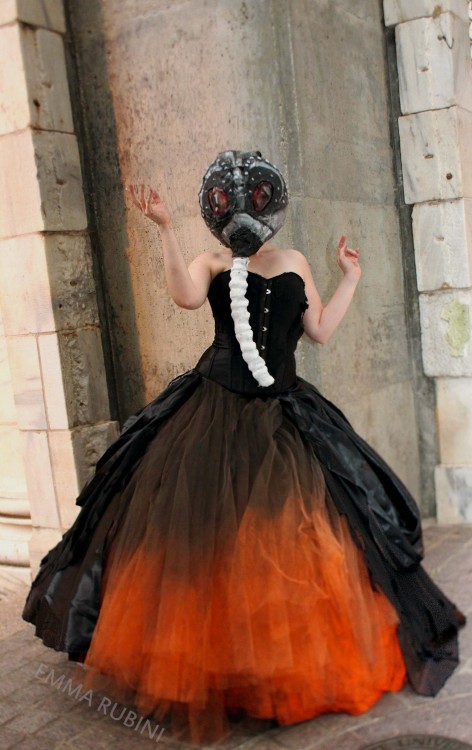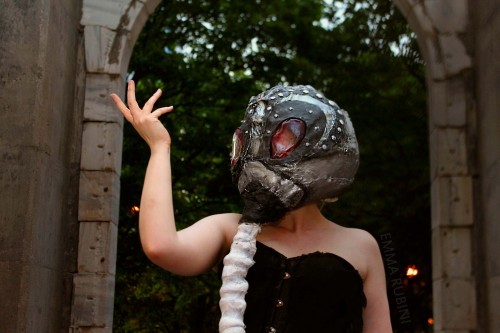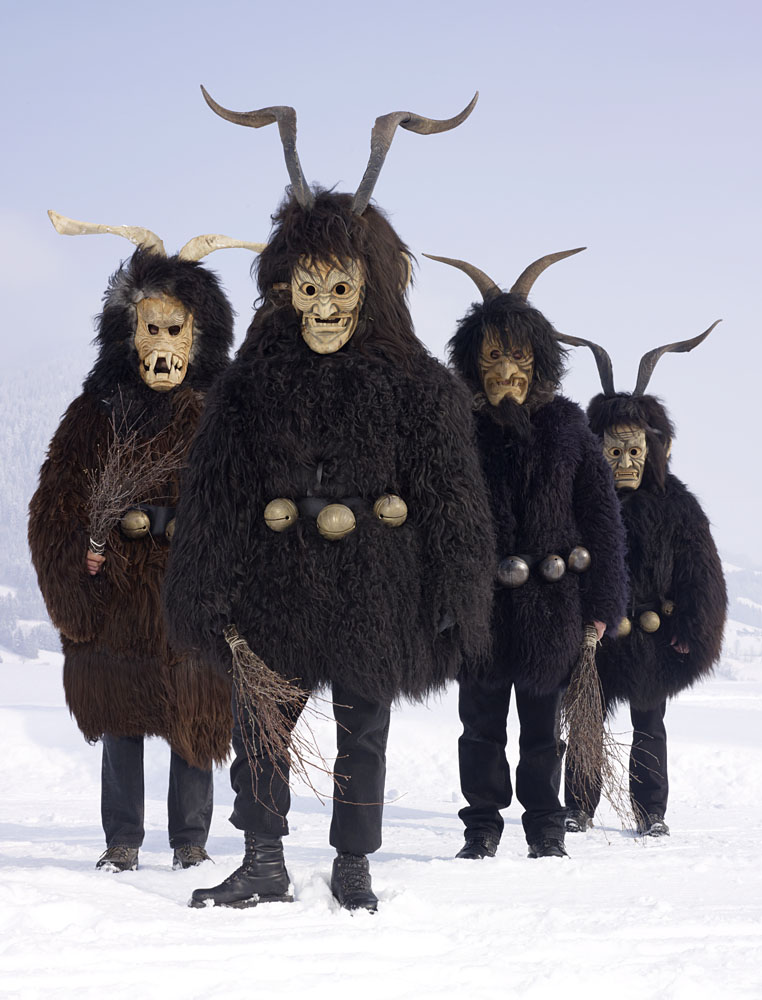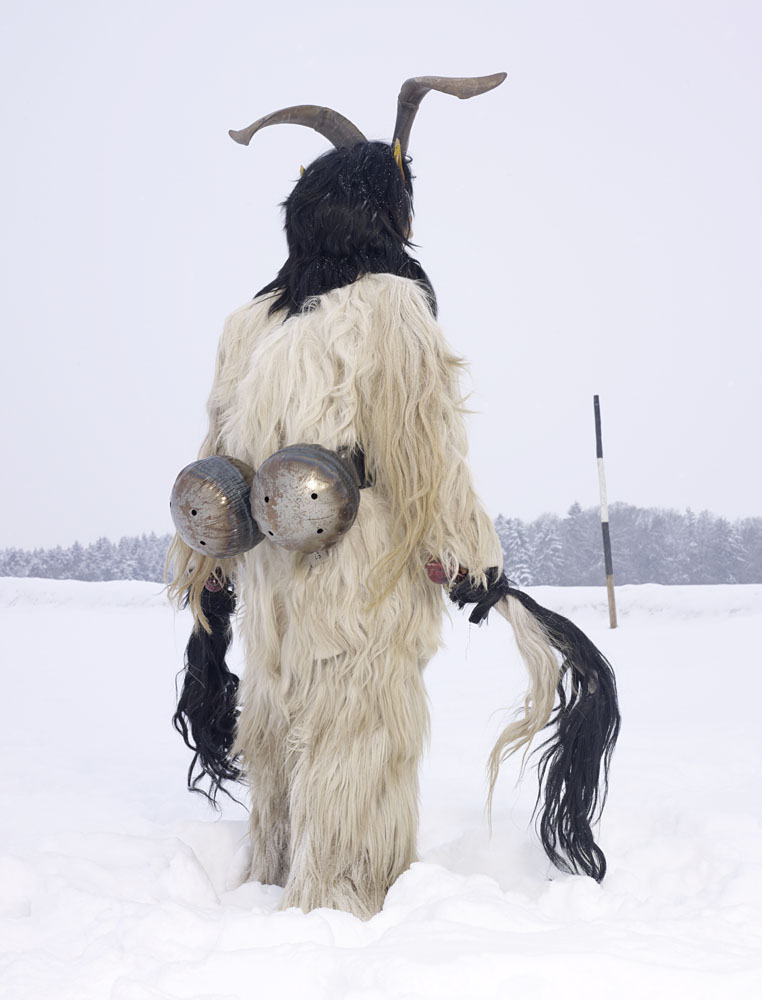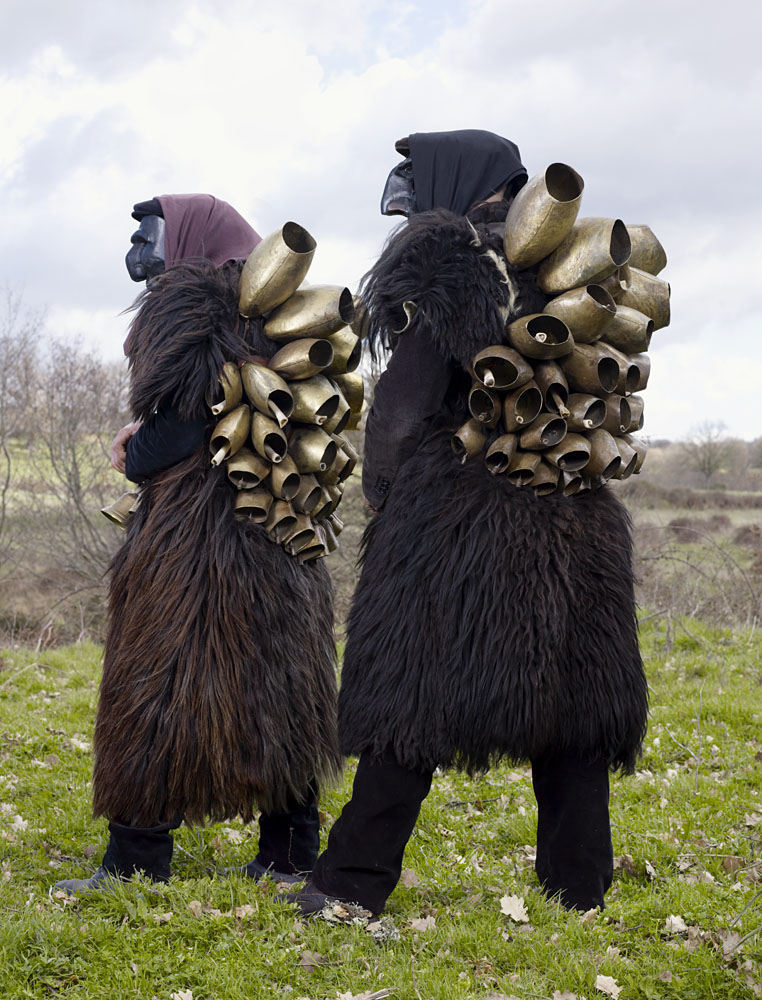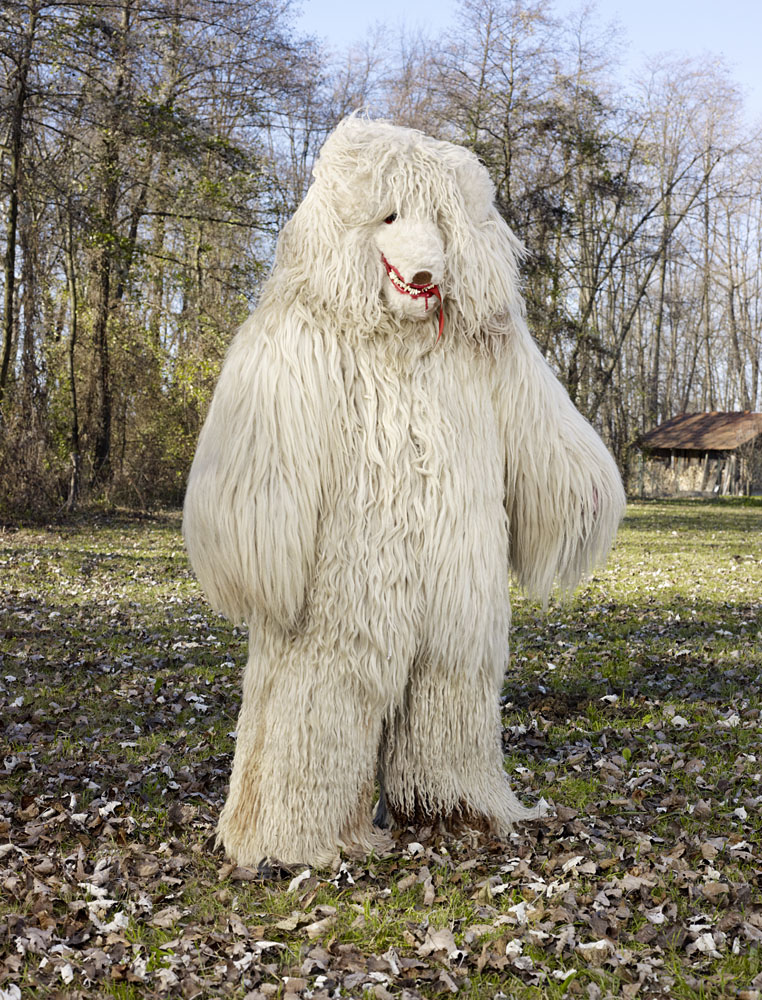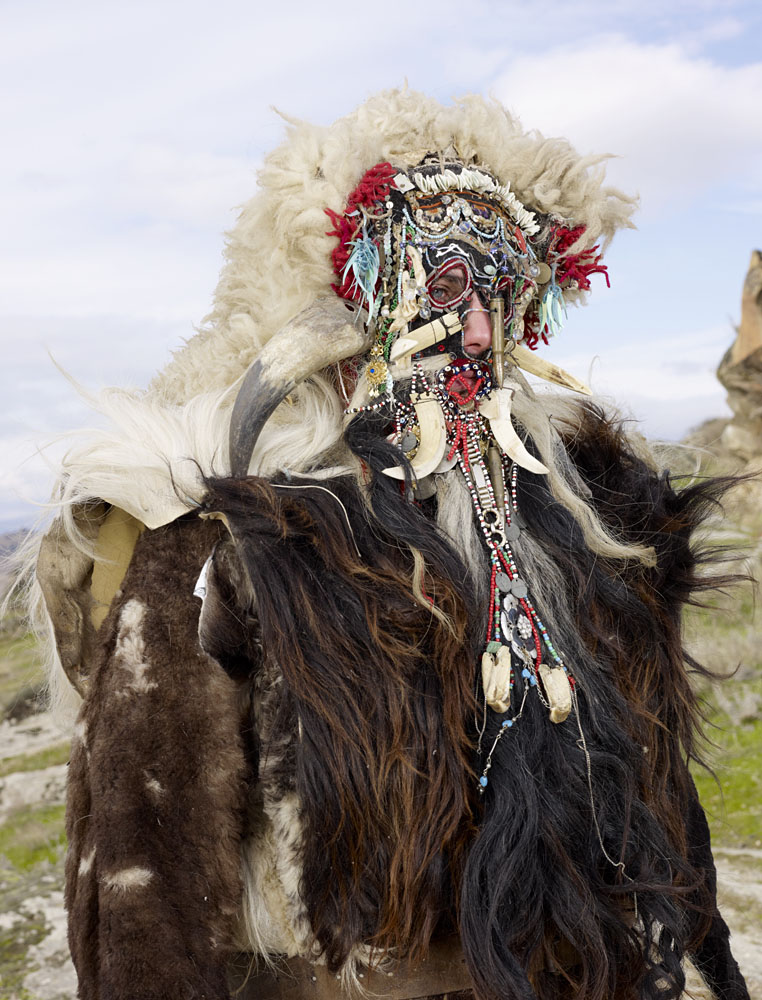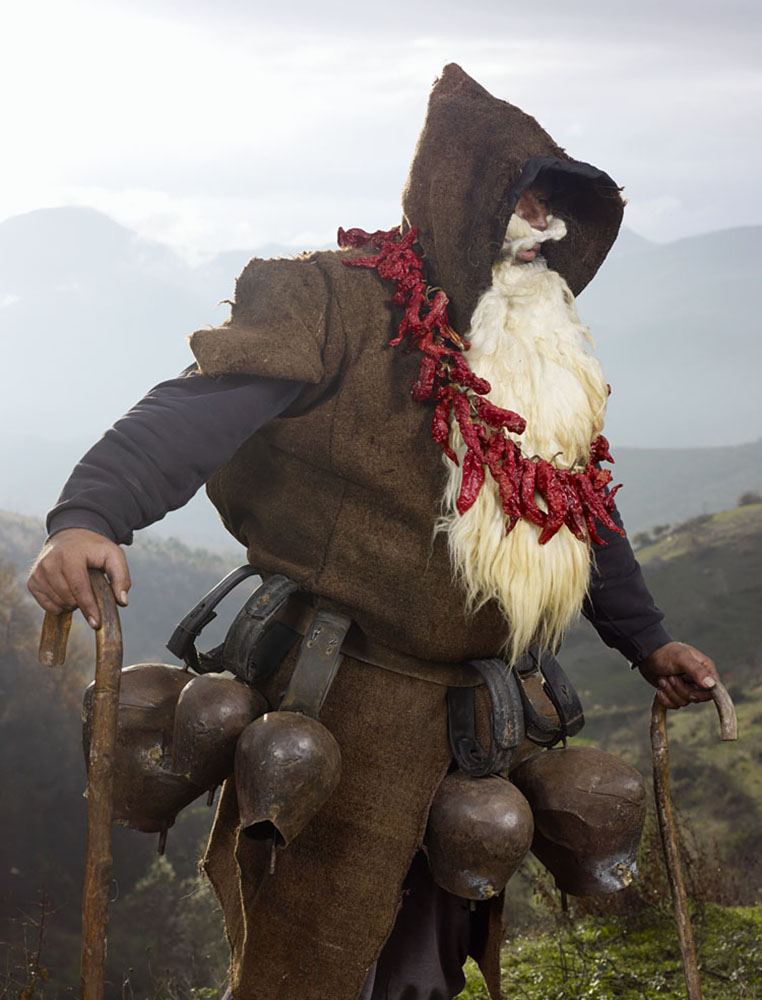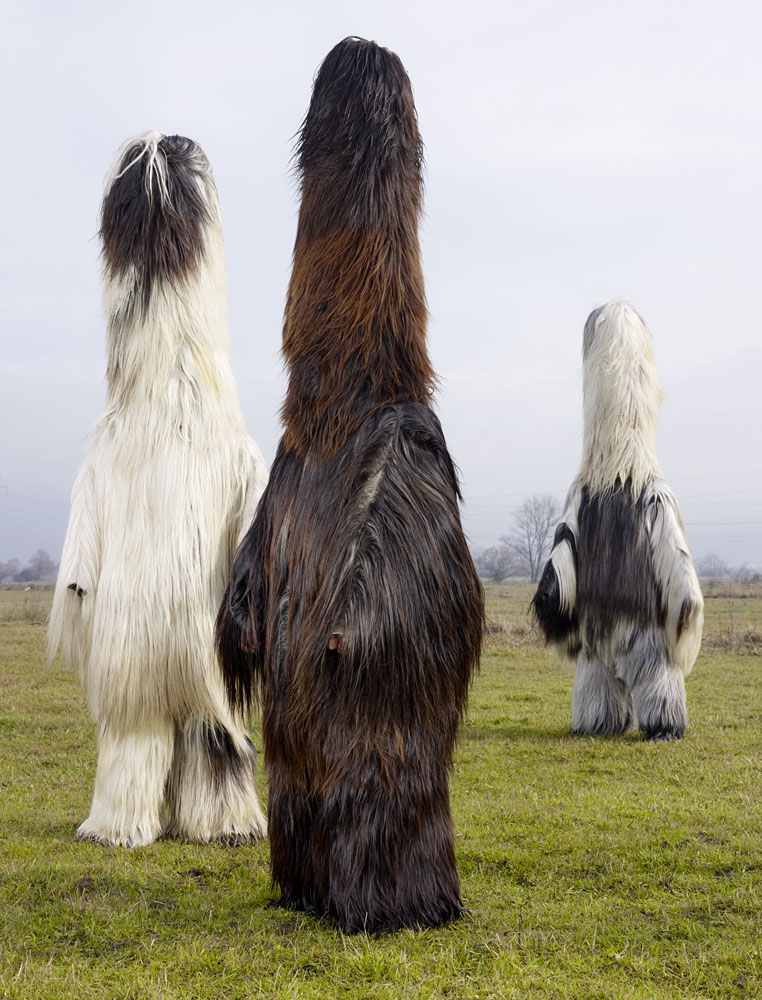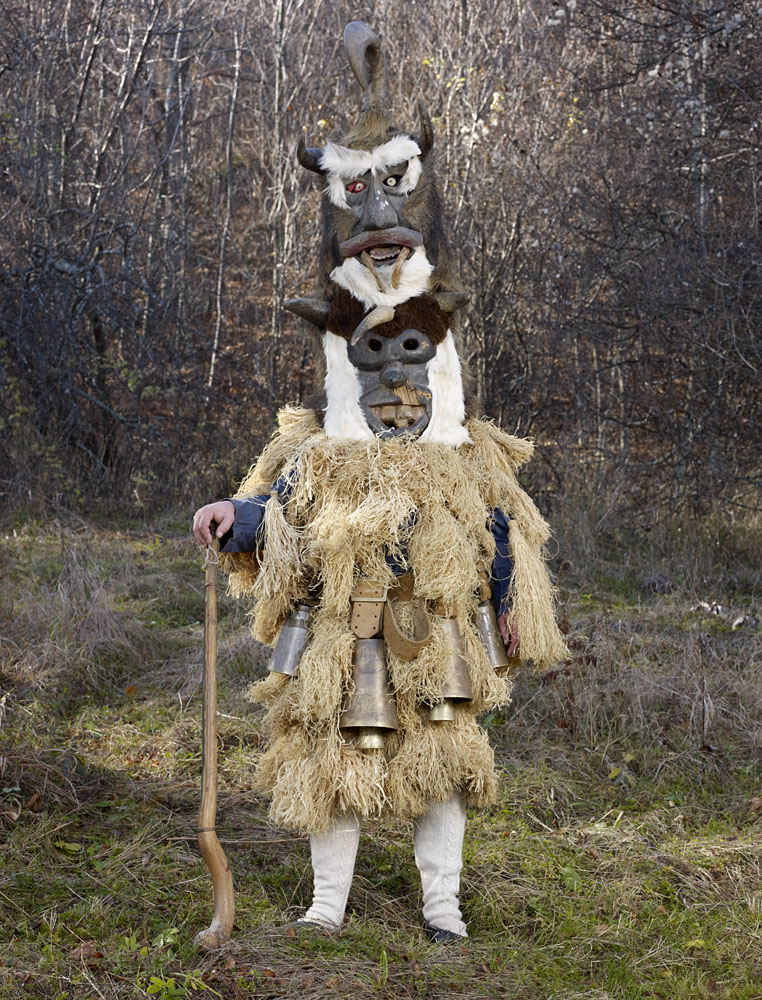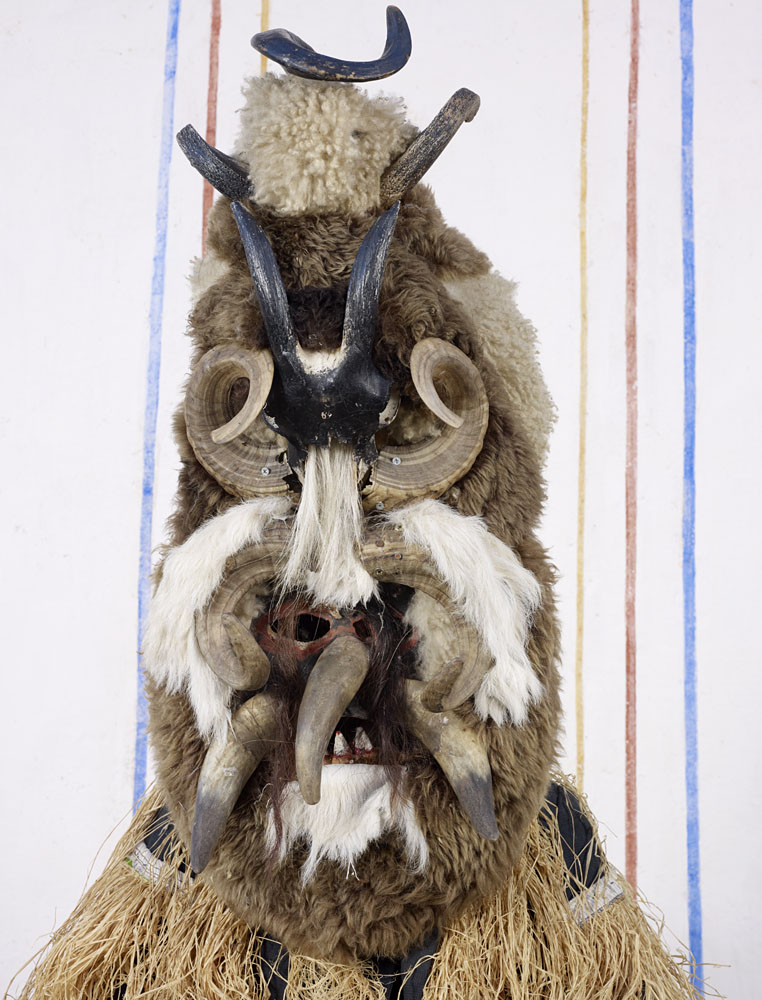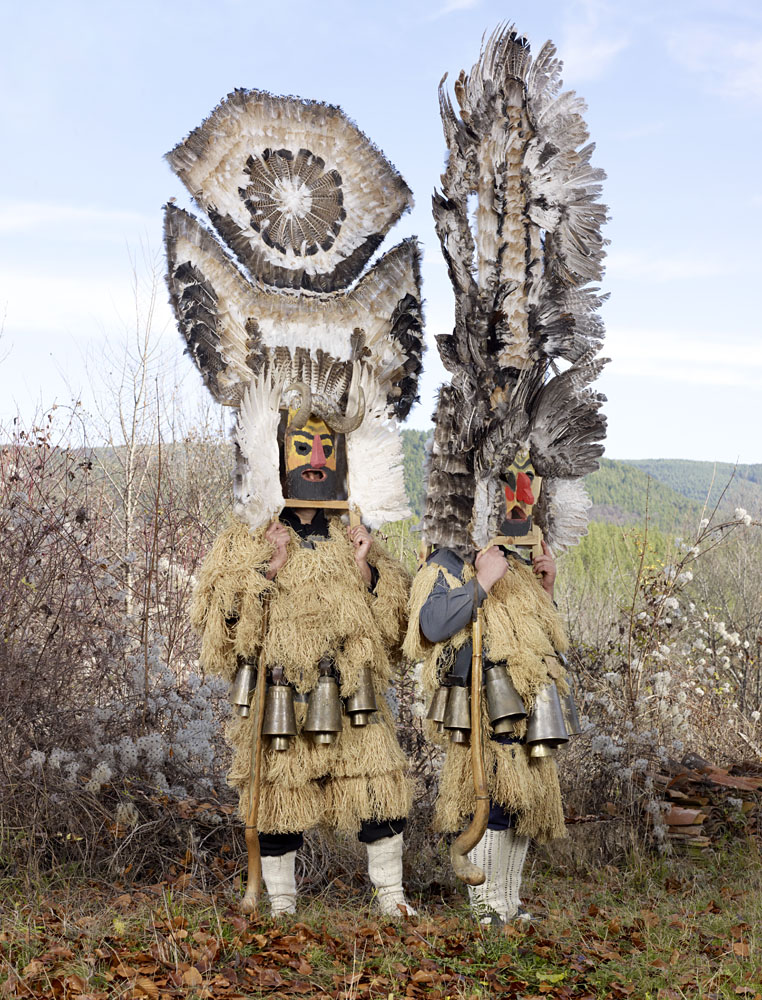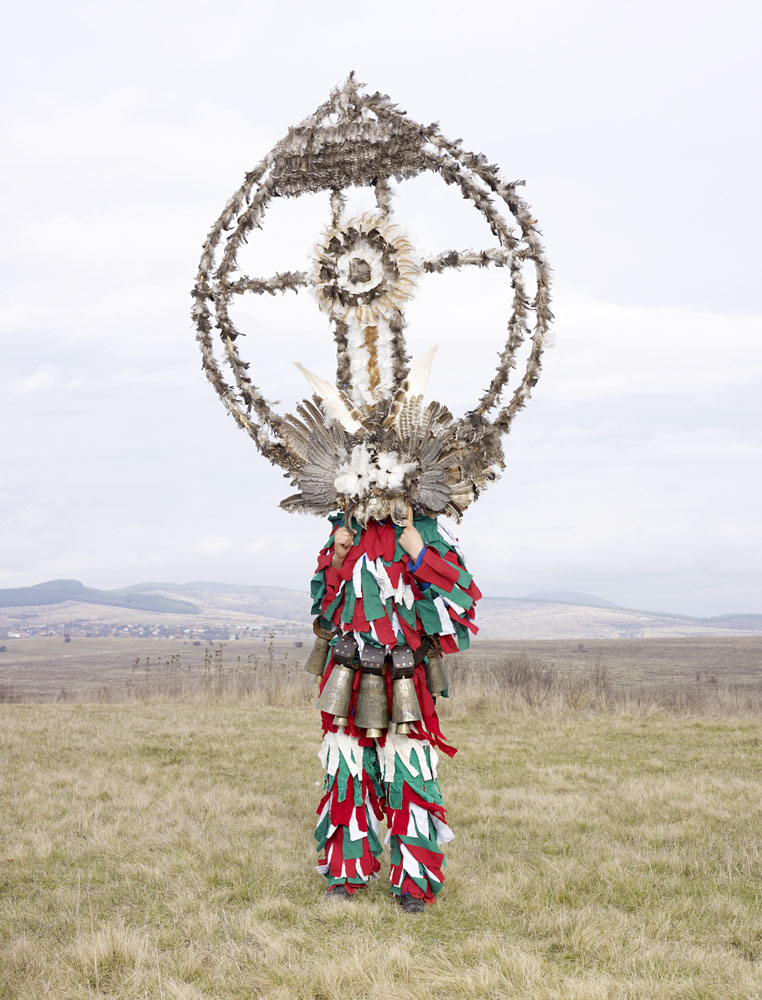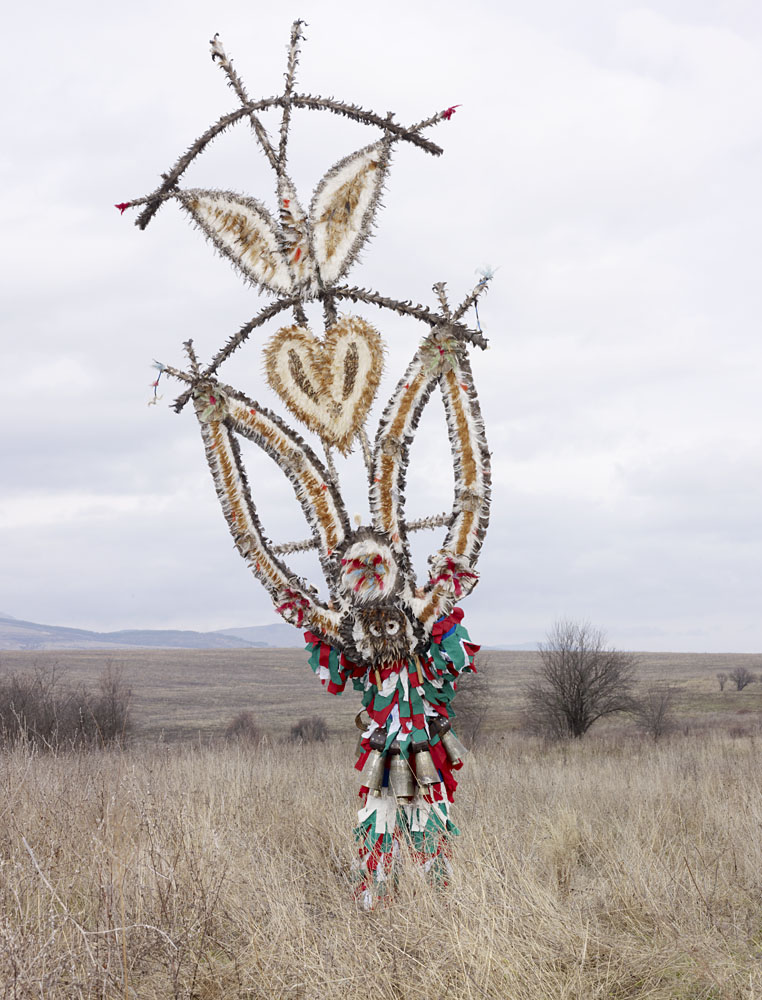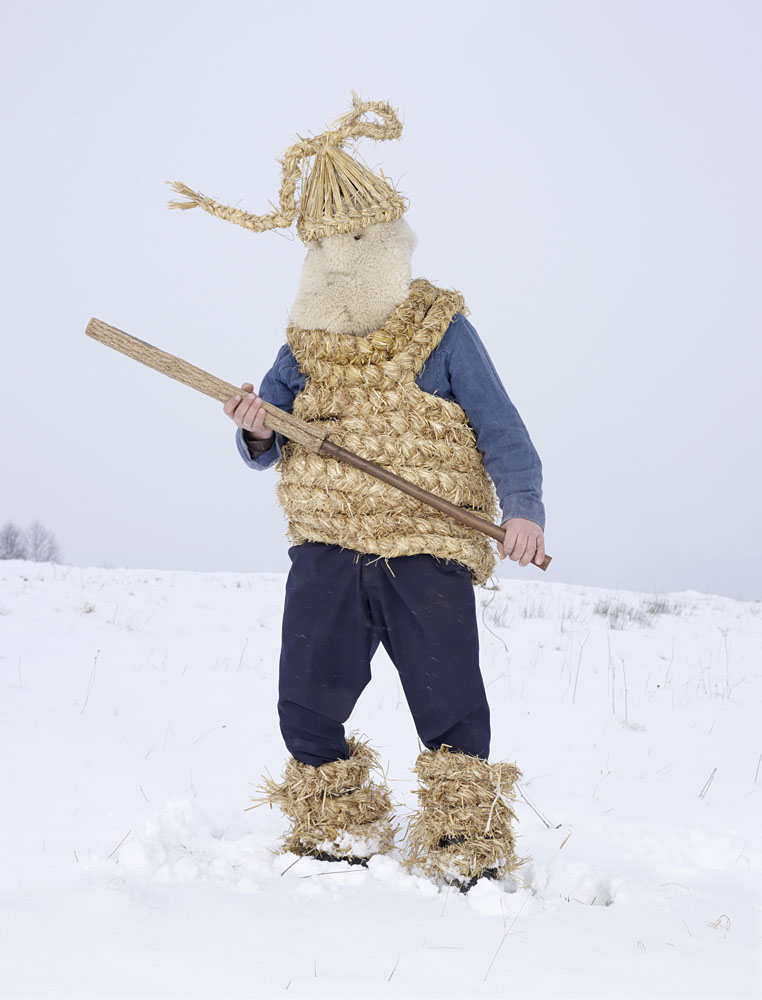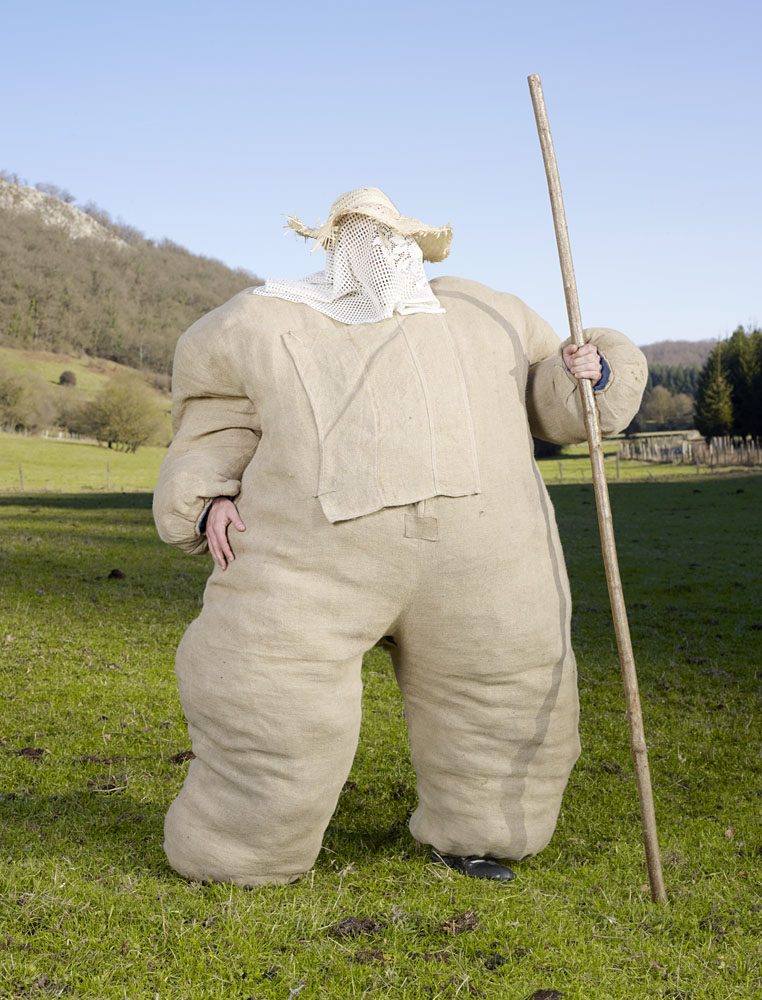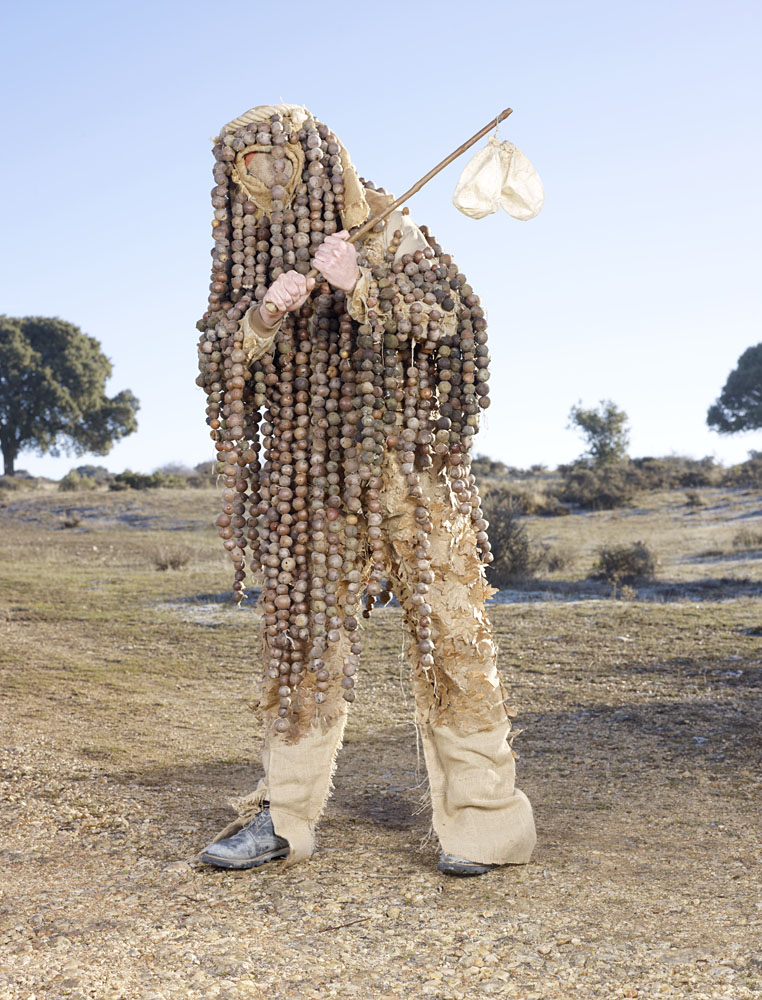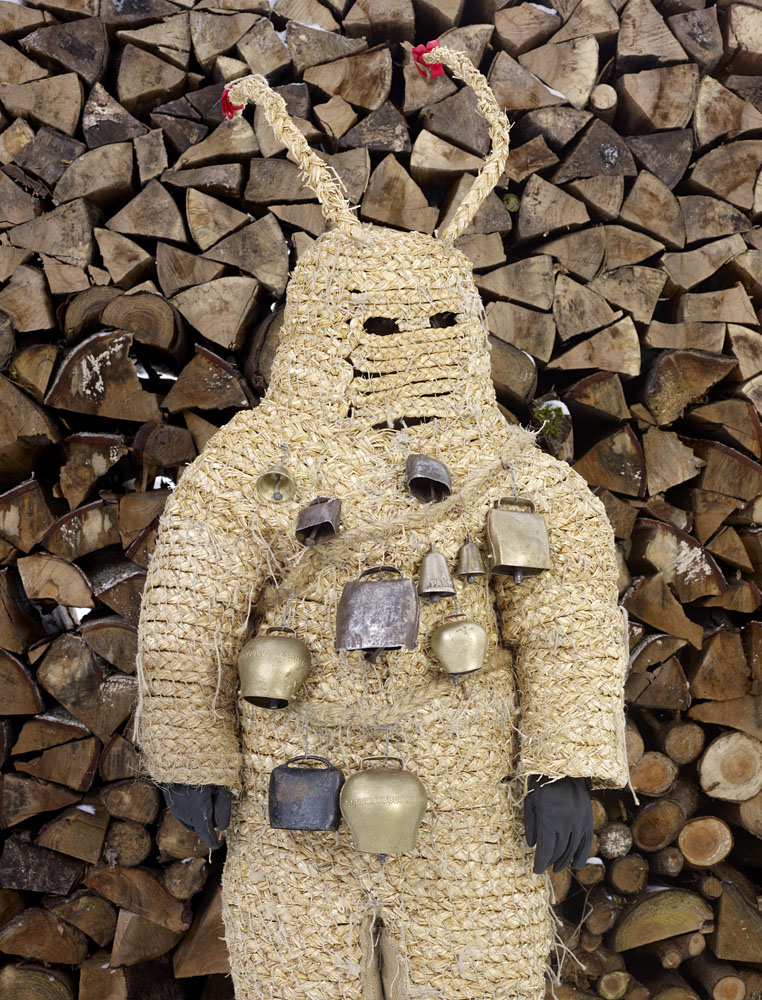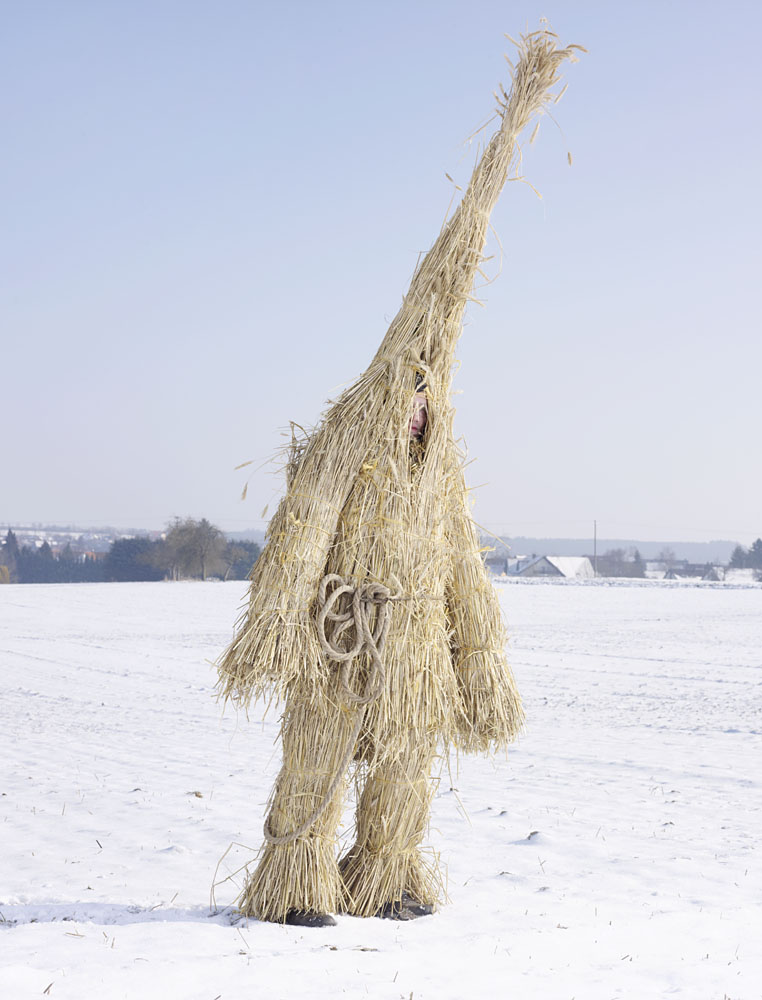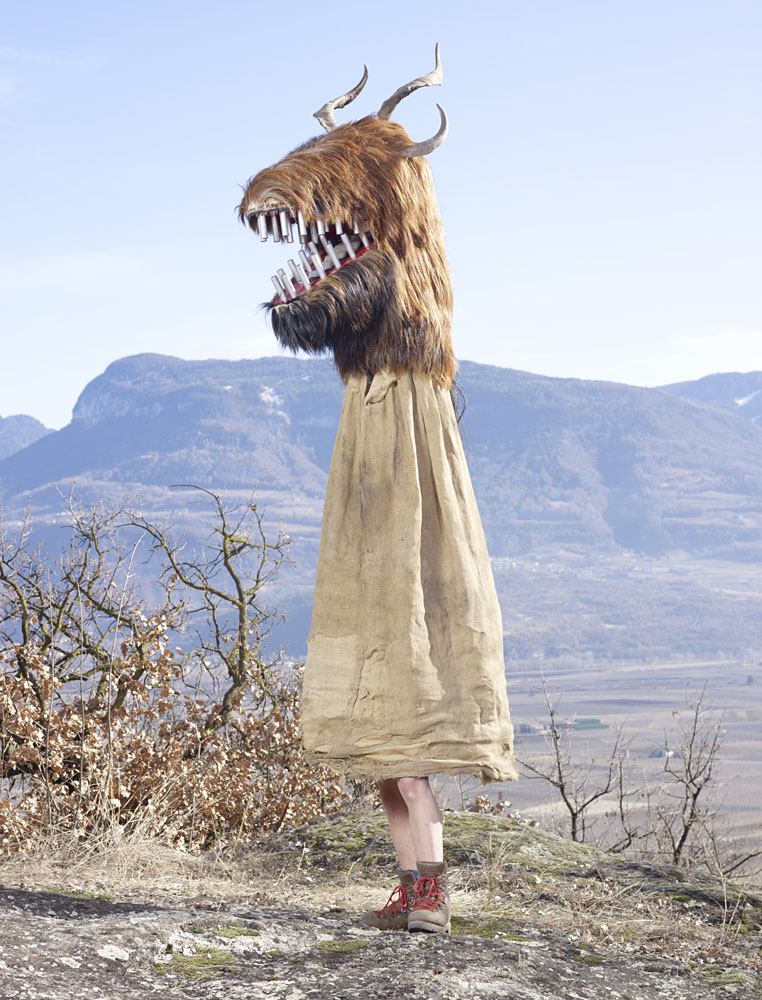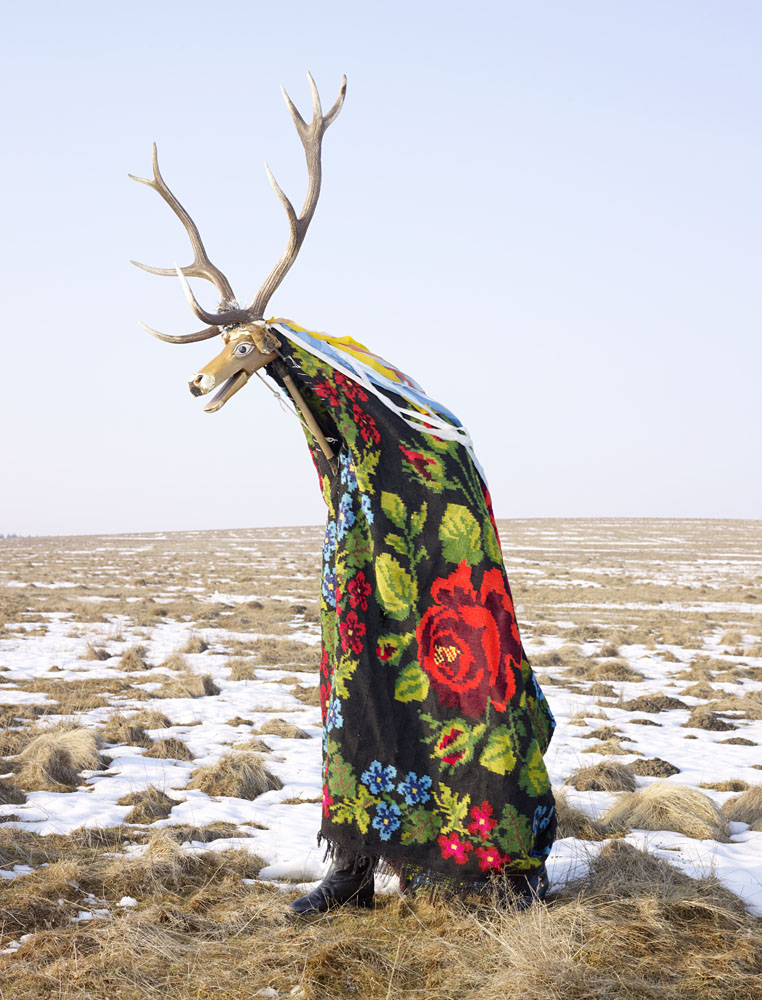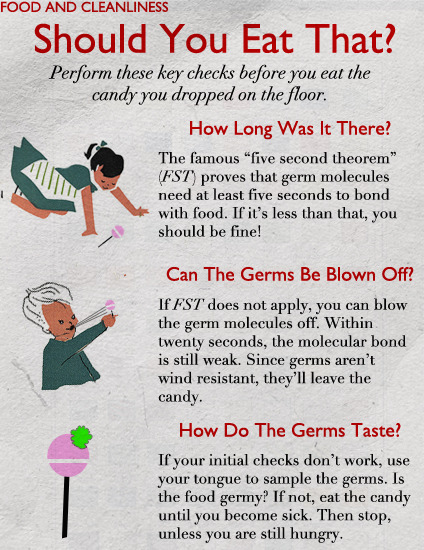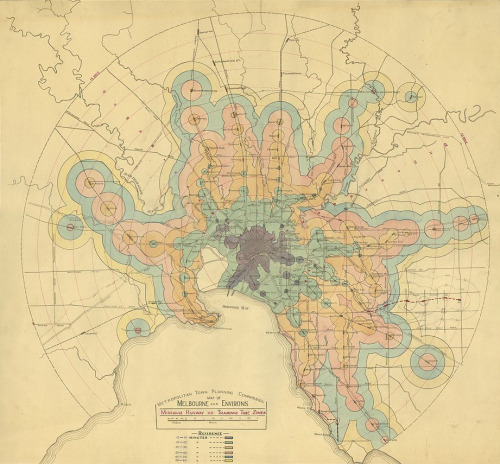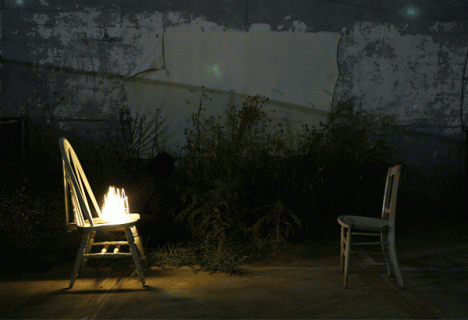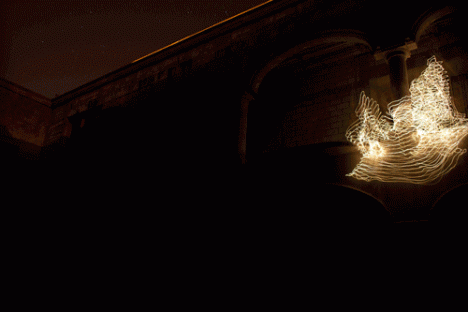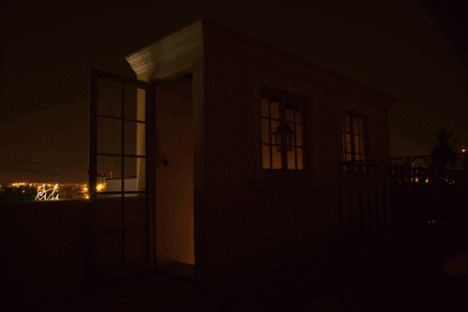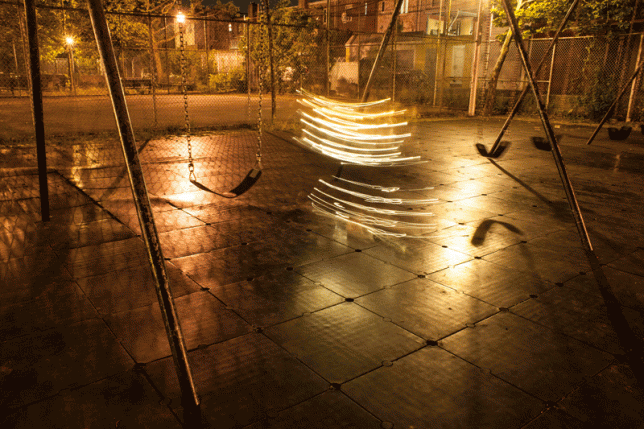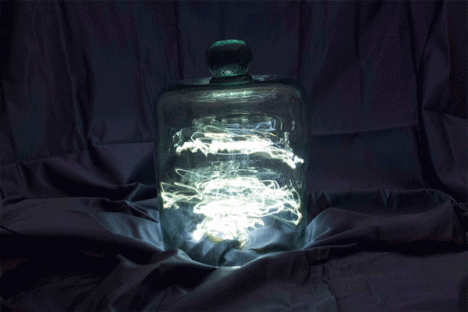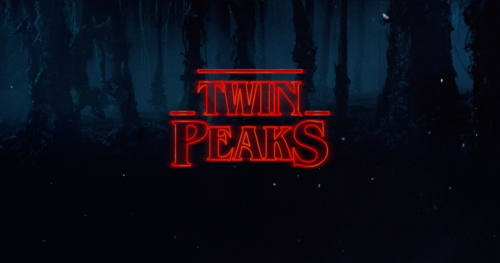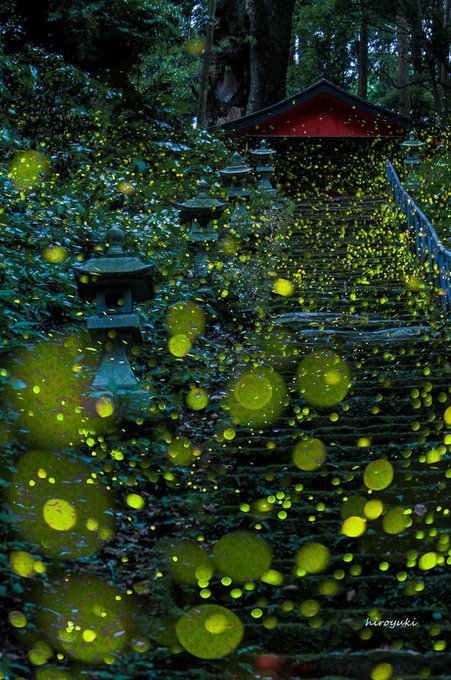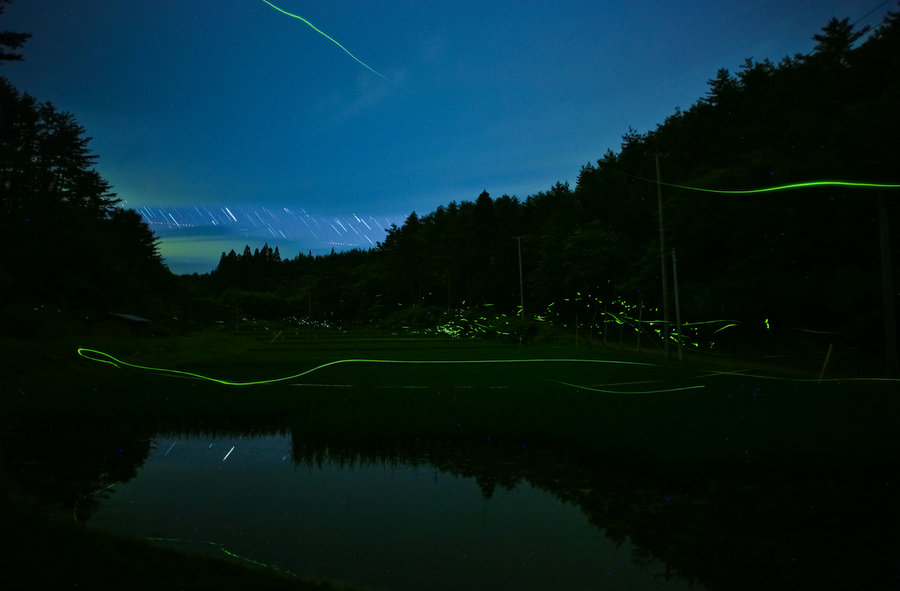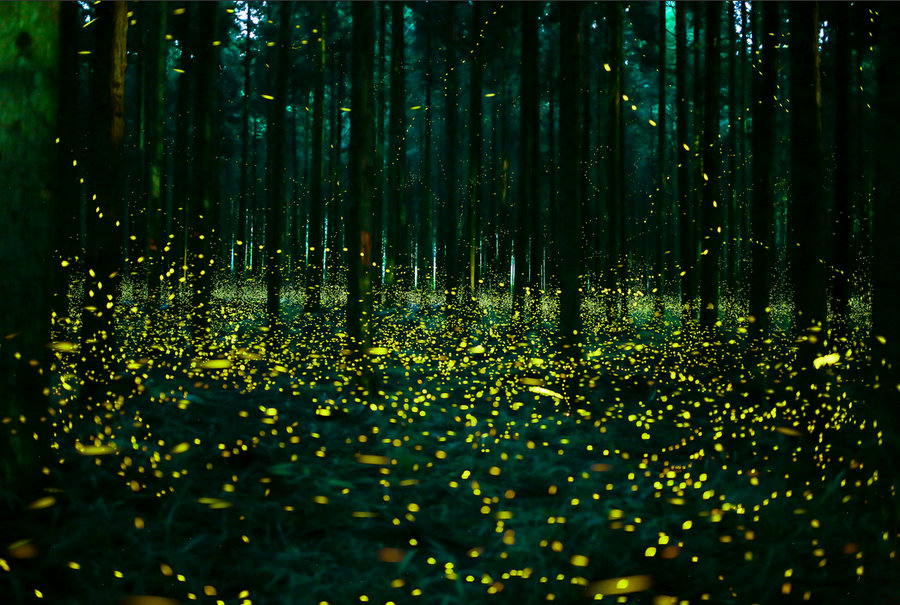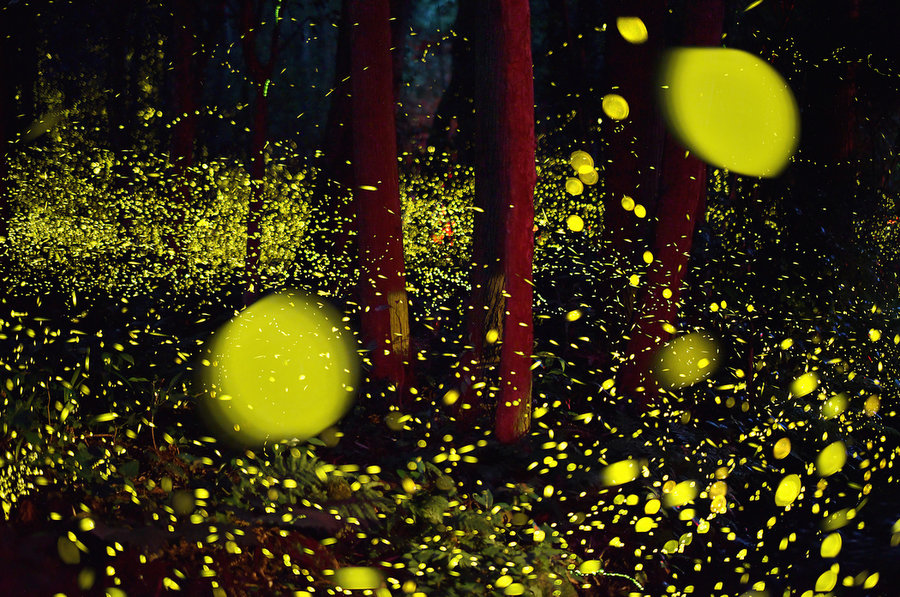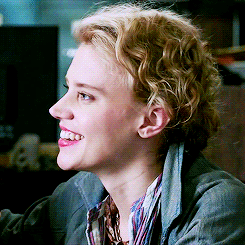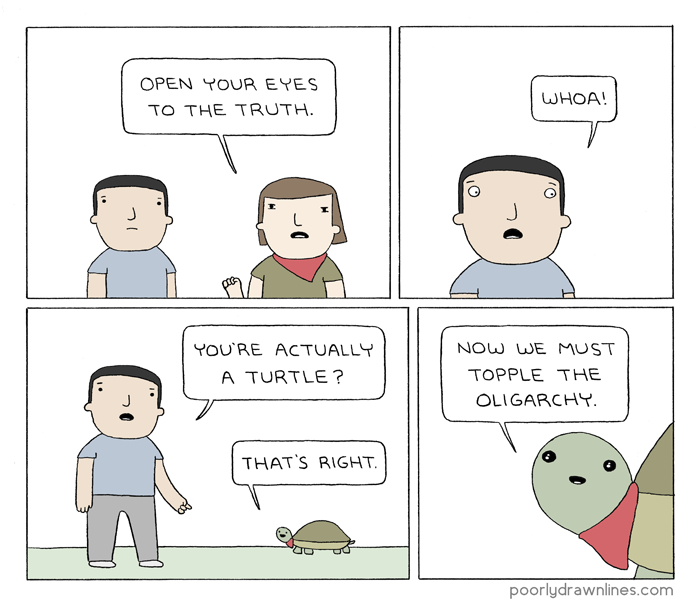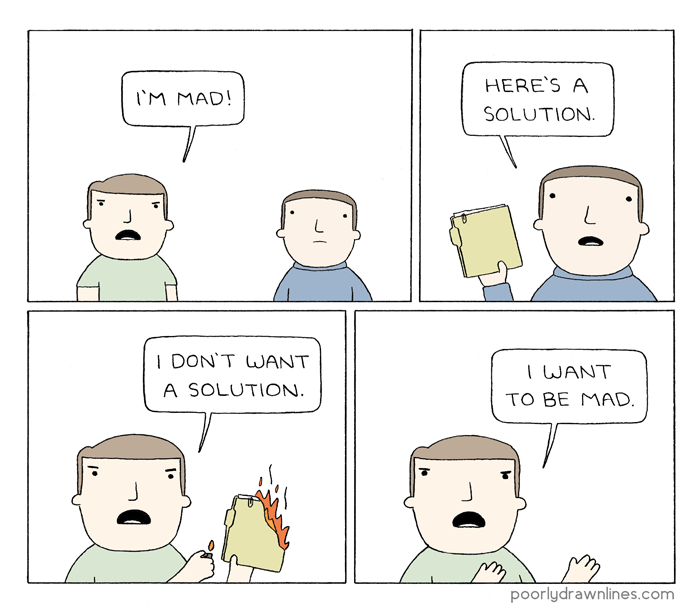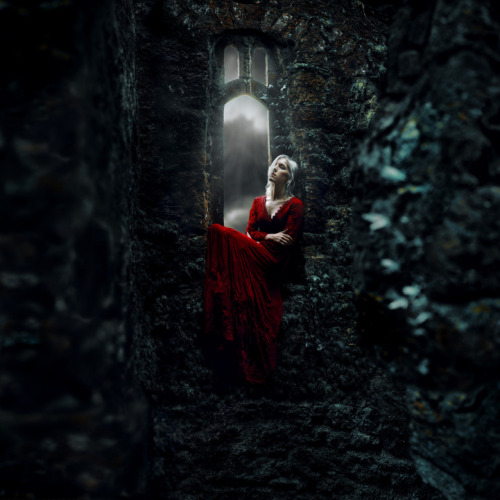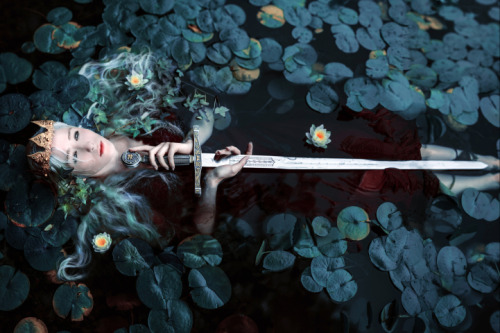(This is an updated version of something I posted 10 years ago, on the 20th anniversary of my friend’s death)
About 33 years and 3 weeks ago You and Yours had one of those “off to University” shows, helping parents and about-to-be new undergraduates to understand what the first few weeks of University was going to be like.[1] Although fitting the latter category, I only listened because at the time You and Yours was among my regular listening. One comment struck me, and has stayed with me ever since. A woman in her thirties, commenting on Fresher’s Weeks, said that “in that first week of college you meet people who will be your friends for the rest of your life”.
I was skeptical. And it turned out to be untrue for me. I’m in much closer touch with several friends from secondary school than anyone from college (I did meet CB sometime in 1984, but only for a few minutes, and not again till Sept 12, 2001, so he doesn’t count). My first day at Bedford College was spent almost entirely with a girl who decided the next day to leave (not, I hope, because she spent the first day with me, but because she was trying to escape her home town of Egham, to which my college suddenly announced it was moving). I’m still in touch with two other people I met that week, but I’ve seen them each only once in the past ten years, and have spoken to one of them only a few times more.
But it was also that week that I met Adrian.
On the Wednesday the first year Philosophy students had some sort of meeting with our course tutors, after which we all sat together in the student coffee area. They all seemed so sophisticated and worldly to me, with the exception of the old Etonian who had come straight from school. The most striking was a slender balding man in a lumberjack shirt with a very generous mustache. He was poring over the student union handbook, commenting on the various student groups, all of them named the “something Soc” (which, of course, afforded an opportunities for lame witticisms – I presume the Methodists set up their group solely in order to be able to call it the “Meths Soc”, and the footballers displayed remarkable ingenuity—for footballers— with their “Soc Soc”). Adrian suddenly complained, very loudly, about the absence of a Christian Temperance Soc, and asked whether any of us would be willing to set one up with him.
It was, of course, a wind-up, and an absurd one at that, from a man who did look as if he had just walked out of Village People (it turned out that in fact he’d just walked out of Poison Girls, but, though a sort of fan, that would not have occurred to me). But it fooled the more provincial of us, some of whom believed him while others (like me) were just very puzzled.
He was older than most of us – just turned 27 – and had a life outside of college. At 18 he’d gone straight to Cambridge from Winchester to do English, and dropped out to become a kind of bohemian, gay musician in Brighton (where else?). His band, The Dandies, had been labeled punk by the music press because, as he joked, someone at the NME liked them, and for the NME the word “punk” meant “anything someone at the NME likes”. Later I heard some of the recordings, which were quite far from punk – more like glam rock done by musicians who grew up with classical music. For all I knew then glam was all like that (its only more recently that I’ve come to like it).
I’ve no sense of how we became friends, but it must have been very early in the year, because by the second term seeing him and hanging out (not that I would have used, or even known, the term ‘hanging out’ at the time) was a fixture of my day. Like me he studied hard, but unlike me he had a flair for the subject; he immediately got why problems were interesting, and why arguments did (or didn’t) work; so studying didn’t dominate his, already well balanced, life. He lived in 23A Theobalds Road, which had until recently been largely occupied by leading members of the IMG, and was right opposite Holborn police station.[2] It was through him, in fact, that I met CB that time, CB being a friend of one of Adrian’s housemates. I hung out there a lot, far more than anywhere else.
He had beautiful eyes, and a delightful leer, which he occasionally turned my way. I never really learned to be open with people, especially men, but I was more open with him than any other man till much later in life. He was flip and serious at the same time; tolerant of what he saw as nonsense, but not taken in by anything. He was left-wing, and gay, but thought the idea (almost pervasive at the time) that there was any association between gay rights and more traditionally left wing concerns was risible; he was gay and politically left but not politically gay. We never discussed same-sex marriage because…. well, it was absurd to discuss it. As absurd as discussing the fall of the Berlin Wall, or the prospect of a Sinn Fein/DUP collaboration in government would have been. We never really discussed homophobia, weirdly, though I did experience it myself for the first (and last) time, because my eccentric dress and close friendship with Adrian marked me out as presumably gay at a small college where homophobia would now (if the college still existed) be more or less absent, but then was pretty much the norm (particularly noticeably, dare I say, with the wittily-named Soc Soc).
The best of many stories: On the very day we started, our college announced that it was closing, and merging with Royal Holloway College in Egham (hence the departure of the Egham girl after day one). About half way through our second year a kind of college-closing reception was held for selected students and faculty to meet with our college patron, the Queen Mother. Most departments, sensibly, invited their 3 or 4 top students, but the Philosophy department, being democratic and (I suspect) republican, put a notice on the board asking interested students to put their names in a hat. I showed Adrian the notice, thinking he’d find it funny; instead of which he looked imploringly at me and said “Can we go? Please?”, rather as my elder daughter did a decade ago when she heard there was a Bob Newhart concert coming up. We put our names forward and, of course, were picked out of the hat, being the only students politically incorrect enough to have put our names in. We received the invitations a week or so ahead of time, which contained, on the back, the following instructions:
Her Majesty requests that staff and students attend the function wearing their ordinary working clothes.
Naturally we got wet feet at once, and went to our department chair, Mark Sainsbury, to secure a promise that, if we did attend, we should not actually have to meet or talk to her maj; he kindly agreed, pointing out that he wasn’t too thrilled about going either, but that it was the sort of thing one was expected to do. Relieved, we agreed to go.
And, it turned out, that we were the only truly loyal subjects she had. Adrian attended in leather jacket and jeans. I, well, did not look like I was out of Village People, more like a tramp (American: bum) with a skinhead cut; I wore only second-hand clothes at the time, with the exception of my shoes which were usually well-worn and often holey plimsolls. Every other attendee was, of course, dressed to the nines; even the Union president (now a Baroness) with her goth haircut had bought a brand new outfit, of the kind that later became mandatory for New Labourites (which I guess she became!). Having made it through security, after being given a very skeptical eye (until we pointed out the instructions on the invitation!) we made a bee line to the Philosophy table where, I hope Mark won’t mind me saying, he and Adrian drank a good deal of the free booze (I was strictly TT, so nothing for me).
The QM was about an hour late, of course, so there was ample time for my two companions to cheer themselves up. When she arrived she was hurried from table to table by our college President and the Union President. Until they got to Philosophy, where the QM (who was a midget) began an odd conversation with Mark Sainsbury (who is a giant) about whether philosophy got enough public support (they both agreed it didn’t). She was peering over his knee at me and Adrian all the time, while the college President was colluding with her minders in trying to move her along, lest she notice the eyesore that we constituted (I suspect it was me, not him, that they were trying to avoid). After a couple of minutes, shaking off one of her minders, she said directly to Mark: “And who are these people? I would like to talk to these people, they look interesting.”
I’ve never discussed it with him, but I presume something like the following reply went through his head:
No, your majesty, you can’t talk to them, they’re a pair of reprobates, one of them a flaming queer and the other a scruffy lefty, but they’re the only students we could get to come, and we only managed that by promising them they wouldn’t have to actually meet you.
and decided, sensibly, that discretion was the better part of valour. She was duly introduced, and immediately started telling us how important she thought it was for people to be studying philosophy:
Adrian: “Oh, no it isn’t. It’s interesting, but it’s not at all important, its quite unimportant”
QM, “ Oh no, I don’t agree, we need people to think about what the meaning is of life and why we are here”
Adrian, “Ah, but you see philosophy isn’t about the meaning of life, it’s about the meaning of meaning, and of words, and how arguments fit together, really, its not what you think”
The conversation continued in that vein for about 10 minutes, Mark Sainsbury occasionally trying to interject in support of his monarch, and I being too bemused to say much, knowing, in addition, that one wasn’t often going to be in a position of witnessing two of the most charming people in human history having a ridiculous disagreement about the value of philosophy. For, to my complete dismay, and it still pains me to admit it, she was, as everyone has always said, utterly charming (less so than Adrian, but he set the bar absurdly high) and she clearly liked him enormously (a count in her favour, though, I suppose, it didn’t really mark her out!). After she moved on, the journalists who follow these people around, descended on us, wanting every detail of how it was that Adrian managed to hold her attention for an unprecedented amount of time, especially when she was already so far behind schedule, and what they talked about.
A few days later the college magazine devoted part of its front cover to a lovely picture, which I wish I still had, of the diminutive royal discussing philosophy with a scruffy skinhead, a tall philosopher, and a flaming queer. Someone put it up on the Phil department noticeboard with a short-lived, and rather generous, caption: “We’re the only people in the room who don’t want to be here; how do we get out?”
Shortly afterward Adrian arrived excitedly to the student cafeteria telling me his news. A band that he regularly played with had invited him to join as a permanent member. It would mean giving up college, because of the touring. He was delighted, but he didn’t do it. I never knew quite what decided him against; I think that it was a genuine enjoyment of student life and the work we were doing. After graduating he signed on for a MA course at Birkbeck, and I suspect that he would have stayed in Philosophy and been successful if he’d lived.
An aside. It was during this time (in that refectory) that he coined the phrase I’d like to be my epitaph. I’ve spent much of the past 10 years in committee meetings and Board meetings, often saying things that no-one else is saying, and finding (to my surprise) that this does not seem to lead people to stop asking me to do the work (indeed, quite the reverse!). During a conversation about what we might do in the future, one acquaintance said he could see me becoming a Labour MP, at which Adrian just said “No, I see you sitting around in rooms, saying sensible things”. Pretty much every meeting I am in, and certainly every one where a decision of consequence has to be made, I remind myself of that, and hope I live up to it.
Sometime in the Autumn of our third year Adrian failed to turn up for lectures for about a week. There were just three of us who never missed, so I figured something was wrong. No-one had phones in those days (and I’m not just talking about mobiles), so I trudged round to his house and rang the doorbell. Then I rang again, and rang again, and waited for maybe 10 minutes. Eventually an emaciated figure opened the door, barely recognizable as my friend. I helped him up the four flights of stairs, and apologized over and over again for getting him out of bed. It was 1984, I was 21, and AIDS was still a foreign, if frightening, disease in those days; I had no idea that what he had might be fatal. He got back to strength after a few weeks, and finished the year thanks, in part, to an incredibly high protein diet. It didn’t occur to me, or to those of his friends I knew will, how bad things were going to get. My guess is that he did know, perfectly well, what was going on, pretty early on.
About Aids. Recently a close college friend, who Adrian knew through me, told me that shortly after I left England she was with a group of her college friends in London, and saw Adrian (whom they all knew, of course) across the street. She skipped through the traffic to hug and kiss him (despite knowing her only a little, he completely adored her, which frankly shows he had better judgment than I did). When she returned they all berated her for kissing someone who was gay, because ‘what if he has Aids?”. Which, of course, he did.
One of my happiest memories of my college days is the two weeks of our Finals in June 1985; I’d arrive at his house early in the morning, we were both well prepared, he was openly nervous, we walk up to Bloomsbury for the exams, then have lunch together at his house (usually with assorted housemates teasing us; often his rather pugnacious steady boyfriend would sit with us encouragingly), and, if there was an afternoon exam, saunter back. In my memory the sun always shone. He got a First, after a viva. I learned this from an indiscreet Mark Sainsbury, into whom I bumped right outside the British Museum one day; he had just heard the results himself an hour earlier, told me mine, and then after I had, with staggeringly uncharacteristic nerve asked Adrian’s result, the one I really cared about, he told me. I ran down to Theobalds Road, and spent two hours completely failing to convince Adrian he had a first.
And then, after finals, the casual freedom that 15% graduate unemployment and a low-consumption lifestyle allowed us. Adrian, along with many other friends and acquaintances, attended my Miners Strike-related trial for assaulting a police officer. Mark Sainsbury appeared as a character witness, and his comment that “Brighouse was one of our two finest students, whom we presented to the Queen Mother when she visited the college” drew breaths of horrified disillusion from the assorted Trotkyists in the crowd [3], along with Adrian’s loud cackle of laughter. Adrian’s behavior on my conviction was exemplary; knowing that I would be tempted to refuse to pay the fine (I wasn’t guilty, after all), but knowing too that not paying was absurd, since it would only make a political point in a match that had already been lost hands down, he walked straight into the back office and paid the fine himself (I repaid him later, courtesy of my proud great uncle Dewi).
I went to my graduation ceremony mainly to see him there; and last saw him in December 1985, the night before I left the UK for California. He came to a farewell party some friends held in Abberbury Road. The last time, I suppose, that I was really, truly, English. I wrote to him a good bit, but he was one of several poor correspondents. The reason was clear when his only letter to me arrived in October 1986, just two days before another letter from a mutual friend telling me he had died. His letter was a long and funny rumination on domestic life in London after the defeat of the left, but had a restrained sadness that alerted me that things might not be well. Our friend’s letter devastated me. I wandered around in a kind of fog for days, until the man who is now my brother in law but was then just another graduate student, told me to forget the expense and call my friend to talk about Adrian; we spoke for an hour and a half, which must have cost at least $50, except that it mysteriously never showed up on the phone bill.
Adrian has haunted me. I would have endless conversations in my head with him, composing letters never to be read. I would guess that I thought of him every day for 16 years. During my stint at the Institute of Education I passed the spot where we would meet before the Birkbeck intercollegiate lectures every time I went to work, and occasionally I ate lunch, alone, in ULU simply to remember him. It is not entirely a tribute to him that I did this; somehow in death he became a focal point of my homesickness. Not an unhappy one; my actual thoughts of him were much more cheery than maudlin, and still are. But when, at long last, my homesickness evaporated, so did my daily thoughts of him. It was as if a fog had lifted, and his ghost with it.
But not completely gone. I still think of him often; I regret the rest of the life he didn’t have; I wish he knew my children and my wife (who is not easily charmed, but would have completely fallen for him) and especially as my oldest has grown and envies stories of my youth I wish I could send her to stay with him for a month; I delight on the rare occasions I hear a Poison Girls song he was involved with; and the compilation of his recordings that was released for a benefit event after his death is an essential part of my music collection—as is a collection of The Dandies that his best friend sent me after reading the earlier version of this on CT. Once in a while I see a kid round here with a Poison Girls T-shirt (what’s with that; isn’t it like someone of my generation wearing an Al Bowlly T-shirt?) and I smile.
And I wanted to write something about him. Things being as they are there’s a chance that some of our readers knew him; attended classes with him, taught him; maybe one of you was even a fan of The Dandies. If so, I hope you are glad to be reminded of a lovely person who taught me, and perhaps you, so much about how to love life (something I have not excelled at, but have done better than I otherwise would). No-one told me the exact date of his death at the time, but it was October 12th or 13th according to my calculations from the letters I was sent, and I always chose to remember him on the 12th—which his sister has subsequently confirmed was the day. 30 years ago today , exactly. He’d be 61, approaching old age, which is inconceivable. And, just as the woman on You and Yours said, I know that we’d still be friends. I wish it had been not just for the rest of his life, but for the rest of mine, too.
And update:
Thanks to Facebook, one picture of the Dandies (Adrian’s the flamboyant one…). If I ever figure out how to upload the picture with the queen mum, referred to above, which also came my way today, I will, even though I. personally, look absurd in it:

And, final update, here’s the magazine cover photo….
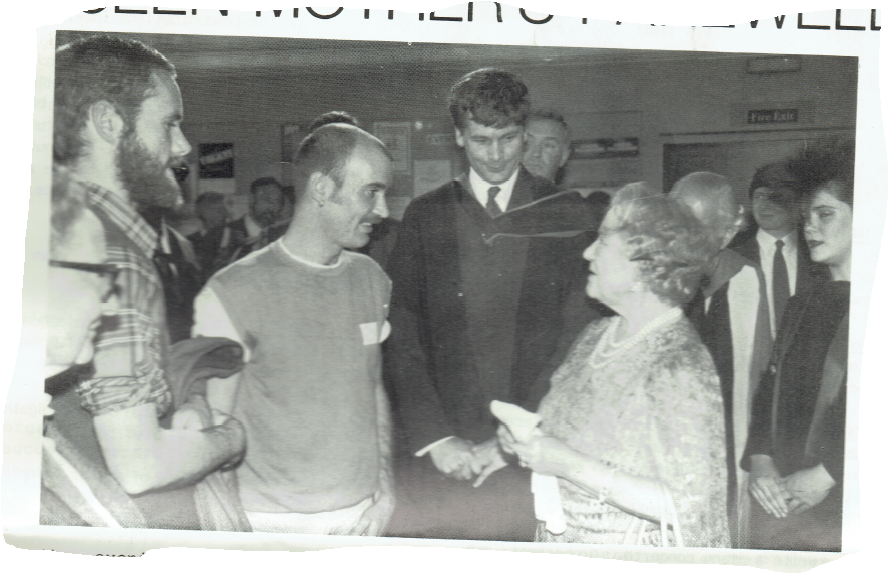
[1] Yep, You and Yours has been around that long, and, yep, I was pathetic enough to listen to it as a teenager. I don’t anymore.
[2] Isn’t it bizarre that we lived in what are now multi-million pound homes? I just looked up a squat in Kentish Town where I once lived, now estimated as being worth 2 million sterling.
[3] They weren’t a figment of Tom Watson’s imagination back then.






